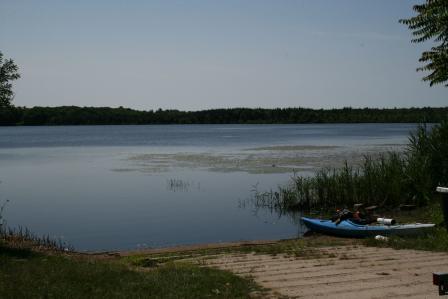Developing Total Maximum Daily Loads (TMDLs)
After the identification of water quality-limited waters is completed, states develop TMDLs at a level necessary to achieve the applicable state water quality standards. Waters targeted for TMDL development are based on the extent of pollution and the use(s) of the water, (e.g., health of aquatic life or public recreation), and the identity of the pollutant(s) causing or expected to cause the impairment.
The Clean Water Act requires states to calculate the pollutant reduction needed with seasonal variations and a margin of safety. The TMDL establishes a target for total load of pollutant the water body can assimilate and allocates the load to point sources (called the wasteload allocation) and nonpoint sources (called the load allocation). The margin of safety takes into account the uncertainty between the model and the actual environment. Data and information such as land use, water quality monitoring results, modeling techniques, calculation methods and other relevant evidence are included in the TMDL.

